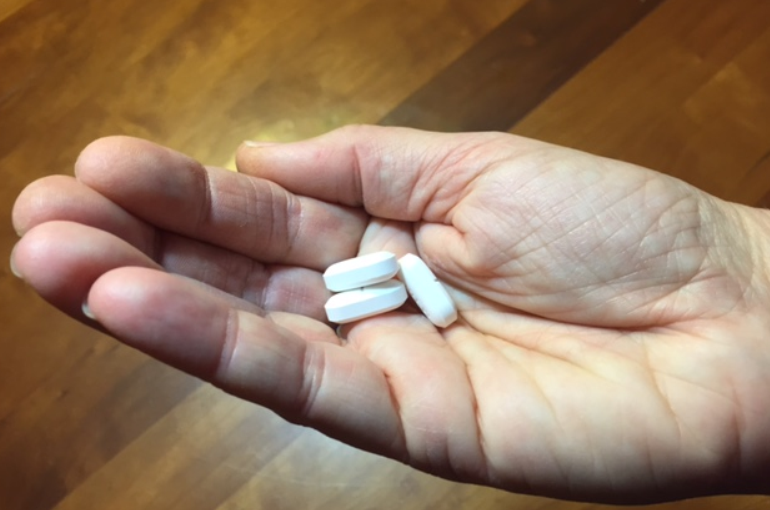The Pain Brought on by Opioids

Massachusetts is facing a growing epidemic of opioid addiction and overdose deaths. Recent statistics from the Worcester DPH show opioid-related death rate increased from 59.6 per 100,000 in 2021 to 81.3 per 100,000 residents in 2022. With proper prevention, treatment and recovery support, this epidemic can be lessened when it's considered a chronic brain disease.
An example of a unique treatment strategy comes from a police chief in the coastal city of Gloucester who began a program that allows users to turn over their drugs without fear of arrest as long as they agree to enter treatment on the spot.
Opioids Know No Boundaries
- Opioid addiction is a chronic disease called substance abuse disorder, which like other chronic illnesses, cannot be cured but can be effectively treated and managed. It is not a character flaw.
- Opioid addiction is a health care issue. It knows no boundaries across race, age, class or demographics.
- About 75 percent of patients with opioid addiction switch from prescription opioids to heroin as a cheaper opioid source.
- People who are abusing opioids are also at high risk for liver disease, hepatitis C and HIV.
- Individuals with opioid addiction live approximately 15 years less than people who do not have the disease.
- The largest barriers to addiction treatment are shame and stigma.
- In 2022, 6,400 people in the United States died from an overdose of prescription opioids.
- Naloxone, also known as Narcan, is a nasal spray that is safe and can be easily administered to an overdosed individual to prevent death.
- Naloxone kits are available in many pharmacies across the state without a prescription from your doctor. Call your local pharmacy to find out more.
Nonmedication, Opioid Alternatives
Try these nonmedication, opioid alternatives to control and manage pain:- Heat helps decrease pain and muscle spasms.
- Ice helps decrease swelling and pain.
- Massage therapy helps relax tight muscles which decreases pain.
- Physical therapy exercises help with muscle strength and movement (flexibility) and decrease pain.
- Mild/gentle exercise like walking for 10 minutes helps the body to activate its own pain-killer system.
- Enjoying a hobby that you really like can decrease pain. Channel flipping on the TV may make you less bored, but it doesn't activate your mind enough to decrease pain.
- Working with a psychologist who specializes in pain management can help you prevent pain flares and treat chronic pain that can reduce the need for opioid medication use.
Talk to Your Children
It's important to talk to your children about drugs. Here's how:- Empower children with knowledge instead of experimenting with the unknown. Parents need to maintain an open environment for conversation about any drug abuse issues.
- Parents need to educate their children not to use medications that are not prescribed to them and also teach them that it's illegal to use someone else's prescription medication. Make it clear to them that abuse of prescription medications can be harmful even though they are "medically approved" medications.
- Talk to children about their feelings and discuss academic pressures, balancing schoolwork and other activities, peer influence, and wanting to fit in with peers.
- Keep prescription medicines in a safe and secure location in the house in order to safeguard against unnecessary temptations. Discard any unused medications (check the mass.gov website for locations near your town to discard unused medicines). Parents have to take extra care in promptly and properly disposing unused prescription opioids.
- Alert your family health care provider if you are concerned and ask them to speak with your children about the safe use of prescription medication.

